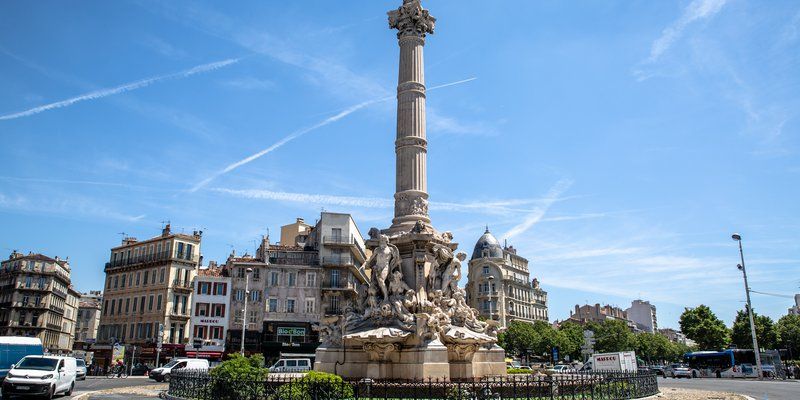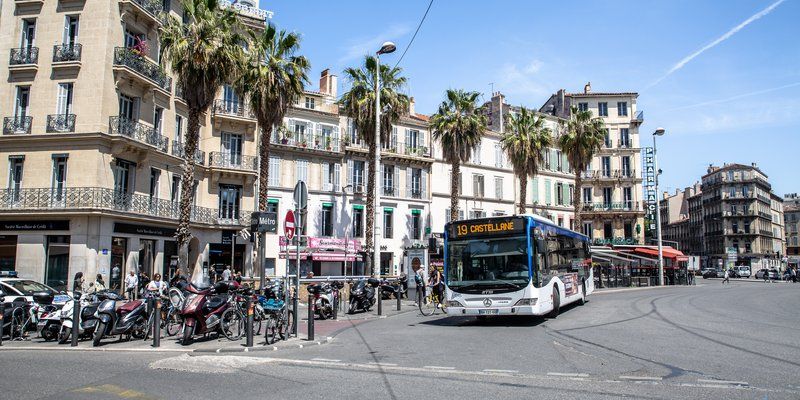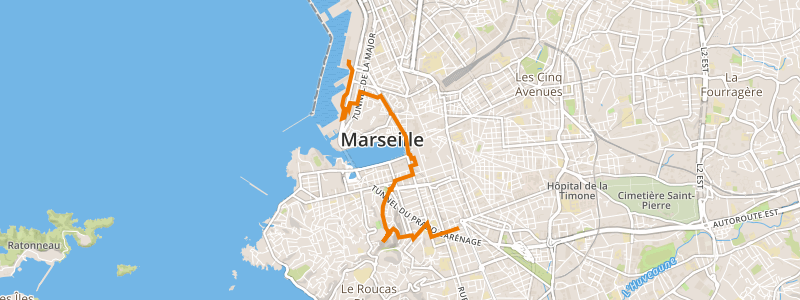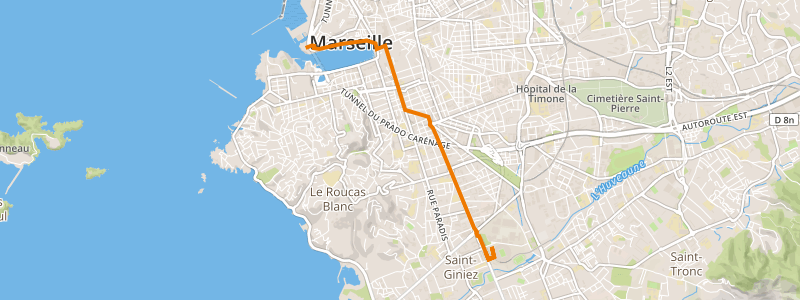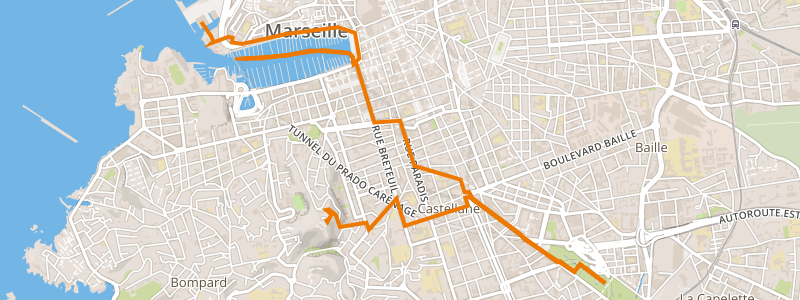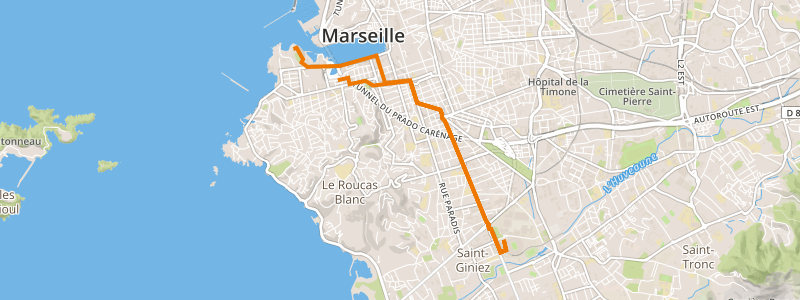The Place Castellane's history
Located in the 6th arrondissement of Marseille, Place Castellane forms the roundabout known by the same name, which is located geographically between the districts of the Old Port and the Prado. It is one of the most important centers of the Phocaean City.
The Place Castellane's construction
The history of Place Castellane can be traced back to the 18th century, to the time of Louis XIV. The Sun King wanted to align the Porte d'Aix with the Porte de Rome in the city's former ramparts. In response to the King's request, the rue de Rome, which stopped at the level of the current Prefecture, was extended to the current location of Place Castellane. This property belonged to the Marquis Henri-César de Castellane-Majastre who donated it to the city in 1774 to allow the work to be carried out. As a gesture of generosity, he proposed to the municipality to finance the development work on the Place Castellane. Thus, in 1798, a first fountain took place in the middle of the square as well as a wash-house. Then, in 1811, for the birth of the Emperor Napoleon I's son, an obelisk was placed there. In 1882, electric lighting was experimentally tested on the Place Castellane before being extended to La Canebière in 1888. The obelisk remained on the square until 1911, when it was transferred to the Mazargues district.
The Cantini Fountain
In addition to its importance in Marseille life, Place Castellane is nowadays especially known for the central fountain: it is called the Cantini fountain. It was commissioned by Jules Cantini, a famous marble maker from Marseille, and made by the Toulon artist André Allar between 1911 and 1913. It represents the three rivers of Provence, namely: the Durance, the Gardon and the Rhône as well as the Mediterranean Sea. The statue of Marseille, facing the sea, dominates the building and its base shows the stages of the Rhône from its source to the sea. Each sculpture is inspired by a work by a well-known artist. Thus, André Allar will pay tribute in his work to the Trevi Foutain, Lorenzo Bernini, François Rude and Raoul Larche. He therefore refers to these artists as his admiration of their works. To thank the sculptor, the city of Marseille names him Correspondent of the City Academy. From the top of its 25 metres of Carrara marble, this architectural jewel is visible from afar and gives the Castellane roundabout all its presence. It is one of the most beautiful fountains in Marseille and reflects Marseille's history. The fountain also has the particularity of being aligned with the Porte d'Aix, which is located at the northern entrance to the city.
The Place Castellane nowadays
To get there
The two lines of the Marseille subway cross each other at Castellane Station and it is also the terminus of line 3 of the Tramway, which makes it easier than ever to get there and visit Marseille. You can also observe this monument of Marseille by walking up the rue de Rome from the Old Port.
Around thhe Place Castellane
A short trip to Place Castellane for an aperitif or a visit is the best way to get to know the city.
Many shops are nearby. In the morning, the Prado market, which brings together more than 80 exhibitors who will offer you fruit and vegetables, flowers, local products... And many bars and restaurants as well as two cinemas that will offer you something to relax and escape the noise of heavy traffic. A short tour of Place Castellane for an aperitif or a visit is the best way to immerse yourself in the lively life of this emblematic district of Marseille.
